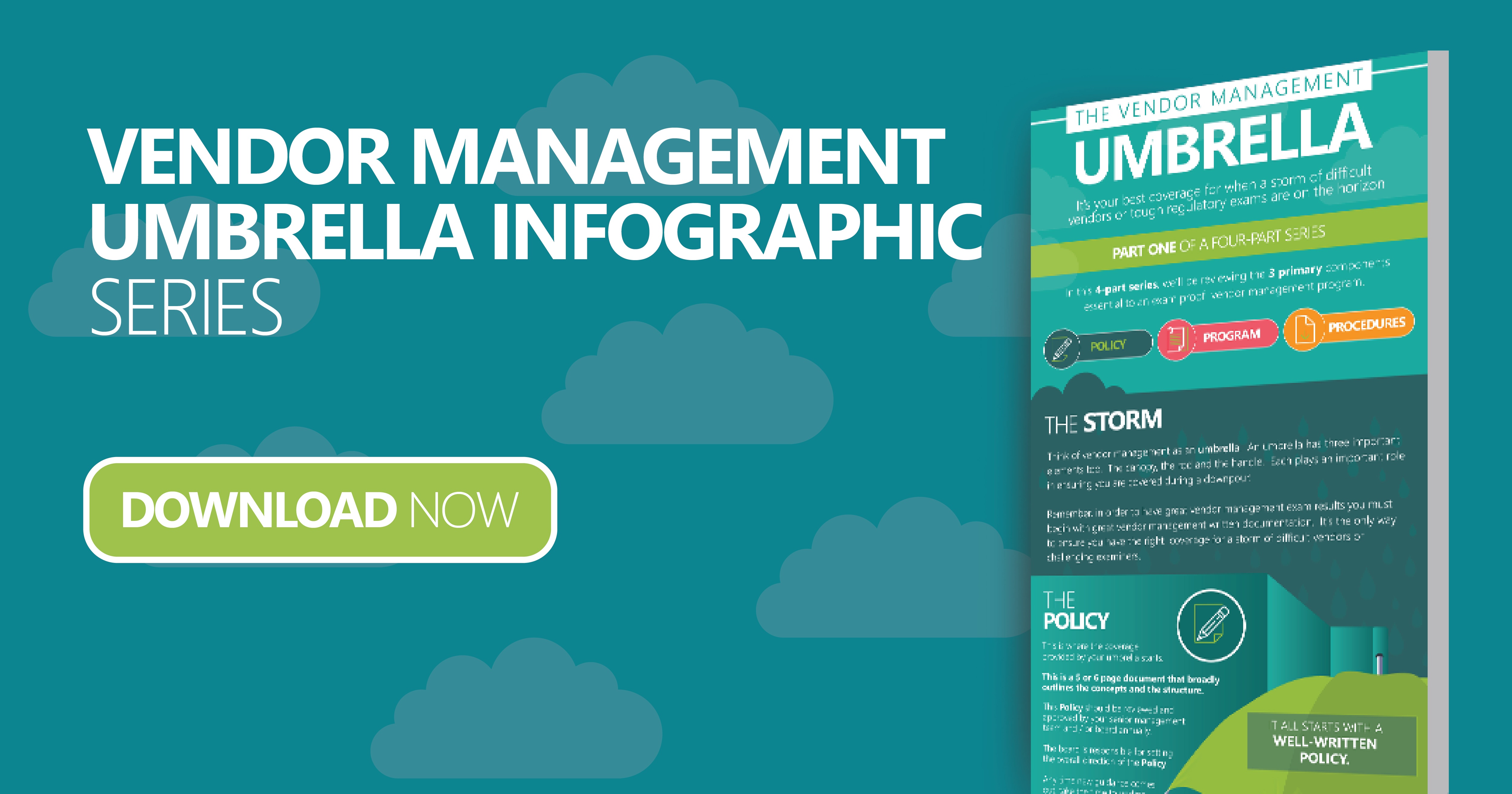When I’m not at work, you’ll most likely find me on my bicycle. Some might argue that I am cyclelogically obsessed with bicycling (see what I did there?). One sure thing every cyclist knows is that balance is incredibly important, and to maintain one’s balance, you pretty much always need to be moving forward and looking down the road to see what’s ahead. The same is true with third party risk management. Third party risk management is always a balancing act between what is practical to achieve versus what examiners may expect. The same thing is true with due diligence, there is a real danger of going too far or not digging deep enough.
How to Maintain Balance In Third Party Risk Management
Overall, the best way to learn to keep balance is to keep doing the same thing over and over and look for new ways to do it.
Here are some tips on maintaining balance:
- Look for ways to be more efficient – Be a little quicker, but without veering too far to one side or the other. Make certain that you are weighing each risk appropriately and doing so in a consistent manner. This doesn't mean that all risks deserve equal weight, just the opposite – they should be risk-based and appropriate to the product and service provided.
- Don't assume that the current path is the only path – When faced with hurdles in due diligence, for example, get creative on what else may help answer questions or fulfill a requirement. A well-documented discussion may suffice as an alternative to a document they will not provide.
- Be steady and stay true to what your program requires – Don't cut corners. Make certain that your work product matches both the regulatory guidance and also your own program.
- Involve others when you need help – Lean on your teammates when you need additional guidance or expert advice. And if you need even more help, you can always outsource tasks/advice – particularly on some of the highly skilled requirements items, like SOC analysis.
And once you have that balance, need a practical way to leap ahead in experience and skill? Ride with someone who is going to push you to be better. Take advantage of webinars and conferences to stay in tune with best practices. Work with your team to find ways to make your program more robust and comprehensive.
Now, I want to go ride my bicycle – might have to take a bike break within today’s workload.
A foundational way to start balancing out your program is to look at your Policy, Program and Procedures documents. Download our infographic series to learn more about these.



















